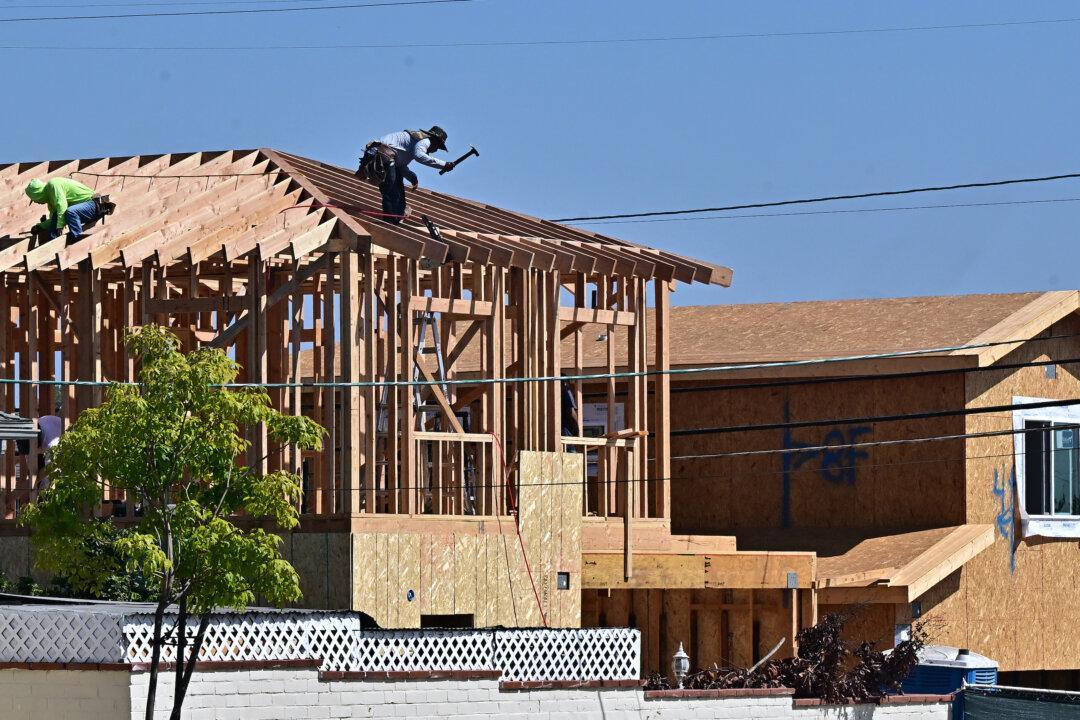Commentary
As an architect in California, one of the most frequent questions I hear is, “What will this project cost?” It’s a sensitive topic, especially here, where construction costs seem to only go up.

As an architect in California, one of the most frequent questions I hear is, “What will this project cost?” It’s a sensitive topic, especially here, where construction costs seem to only go up.